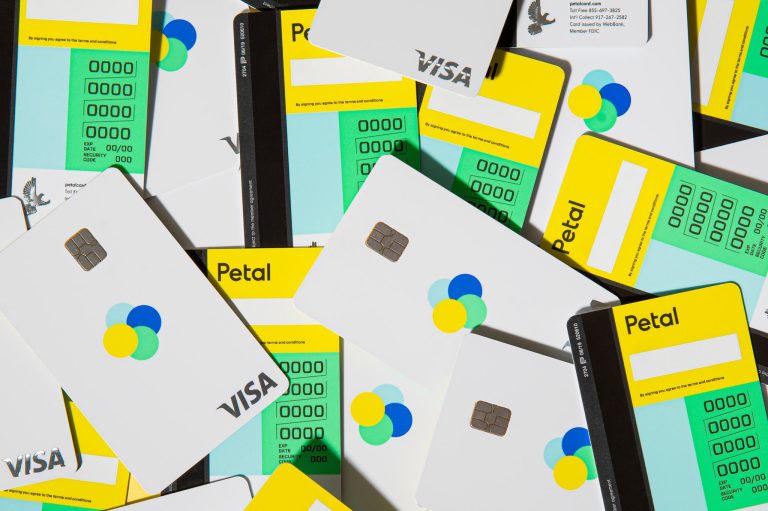Petal on Reducing Fraud and Mitigating Onboarding Friction Through Behavioral Analytics

Fighting fraud starts with securely onboarding new customers, but overly-stringent measures often yield false positives and lower conversion rates, and they create other bad outcomes. In this month’s Monetizing Digital Intent Tracker, Manik Chawla, chief risk officer of credit card provider Petal, explains how behavioral analytics safeguard the onboarding experience without blocking or locking out legitimate users.
Onboarding is a critical step in a customer’s digital journey, as it typically involves creating an account, verifying one’s identity and, often, linking payment information.
First impressions matter highly to consumers in the digital space as 63% of customers take onboarding experiences into consideration when making their decisions to purchase.
Providing both a smooth and secure onboarding experience is a necessity in business, but it is easier said than done. Businesses have a plethora of options for digital verification, including biometrics, multifactor authentication (MFA) and digital document scanning. Credit card service provider Petal believes behavioral analytics is the best choice to ensure both customer security and a seamless experience.
“Although there are a number of tools available in this space, behavioral analytics not only helps us improve our product decisions in terms of identifying fraudsters, but it [also] helps us reduce the friction for the worthy borrowers,” said Petal Chief Risk Officer Manik Chawla.
Chawla offered PYMNTS an inside look at the risks companies face when onboarding new customers and why behavioral analytics has worked to reduce fraud while also improving customer conversion.
Concerns in Customer Onboarding
The biggest challenge in customer onboarding is fraud, according to Chawla, as bad actors deploy a diverse array of tactics to pose as legitimate customers and open accounts for money laundering, theft or worse. Fraudsters not only steal identities from others for impersonation but also compose new ones out of whole cloth in a practice known as synthetic identity fraud.
“It starts with really knowing the customer,” Chawla said. “Is that a synthetic identity, is that a stolen identity or, in certain cases, [could] that even be a second party, where someone is stealing from people they know?”
Just as dangerous as fraud to revenue is the risk of false positives, the accidental mistaking of legitimate customers for bad actors. These wrong accusations can mean extra work for customers to prove their innocence or even prompt them to abandon the onboarding process altogether.
“High false positive rates effectively lead to a very inefficient funnel,” Chawla explained. “That means we are declining some of the worthy borrowers who deserve access to credit. We are putting them through a lot of friction, or we are declining them because we do not have enough information to make the determination that this person is not a fraudster.”
These two challenges may seem at odds as emphasizing fraud detection could lead to high false positives, but minimizing false positives could let fraudsters through. Behavioral analytics seems to offer the best of both worlds, however.
Tackling Onboarding Challenges via Behavioral Analytics
Petal’s behavioral analytics system looks for potential fraud by analyzing customers’ data entry upon onboarding, Chawla said. Any irregularities could be signs of fraud, but the system is precise enough to keep false positives to a minimum.
“It really helps you identify the patterns of filling out the application form and identifies stolen identities,” he said. “What we see is [that] the fraud risk of an applicant who has copied and pasted all the key personal information or [who has] deleted and tried to type it multiple times … is extremely high compared to someone who got it right on their very first try, with the odd typo here and there.”
There are many alternatives for detecting fraud during the onboarding process, but Petal found that behavioral analytics offered a key advantage over biometrics and MFA, especially when it came to customer conversion.
“It really comes back to the conversion,” Chawla said. “Whenever you put someone through other forms of verification, such as MFA or biometric verification, you’ll see about 10% to 15% of the customers drop off.”
Preventing abandonment during the onboarding process is a priority when establishing a customer relationship. This benefit, coupled with the advantages of preventing both fraud and false positives, can make behavioral analytics a crucial tool for ensuring safe, secure and effective onboarding.